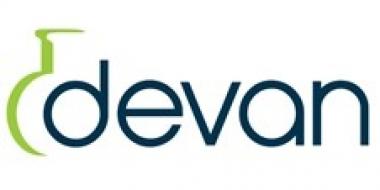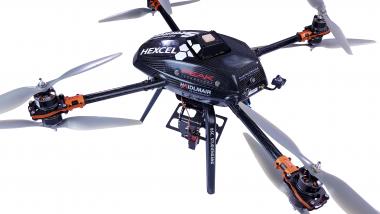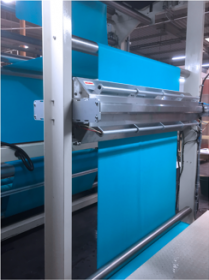Devan: Supporting elite sport with ‘cool comfort technology’ Moov&Cool.
Devan Chemicals has been supporting high performance sport in the UK and Belgium with its ‘cool comfort technology’ Moov&Cool.
Worldwide, hot temperatures are a new reality that brings extra challenges for athletes. Thermoregulation technology is becoming more and more important in order for athletes to perform at their best on the pinnacle of sports.
Working alongside the English Institute for Sport (EIS) and Sally Cowan Ltd, the technology is being applied to garments with the aim of improving the thermal comfort of elite athletes.
Moov&Cool consists of a multi-functional polymer technology that proposes to absorb heat during performance and improve the moisture management properties of the fabric. The treatment has been designed to simultaneously react to sweat build up and heat emission.
In Belgium, Devan has been involved in the Gold2Gold project carried out by Sport Vlaanderen. Gold2Gold is a unique collaboration between sports, government and the industry to prepare Belgian athletes to perform better in hot environments during world-level championships. Thermoregulating technology is increasingly becoming a key aspect of endurance performance for elite athletes. At that top level, small differences in body core temperature can make the difference between being on the podium or sometimes not even finishing the race.
Devan Devan Chemicals NV Sportswear Moov&Cool thermal insulation textile finishing
Devan Chemicals NV / Marketing Solutions NV









